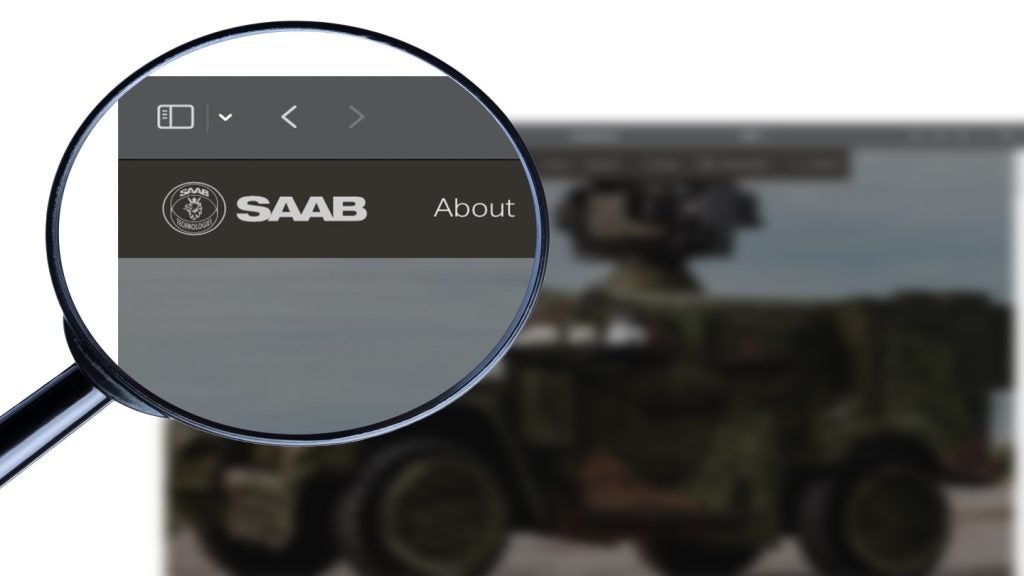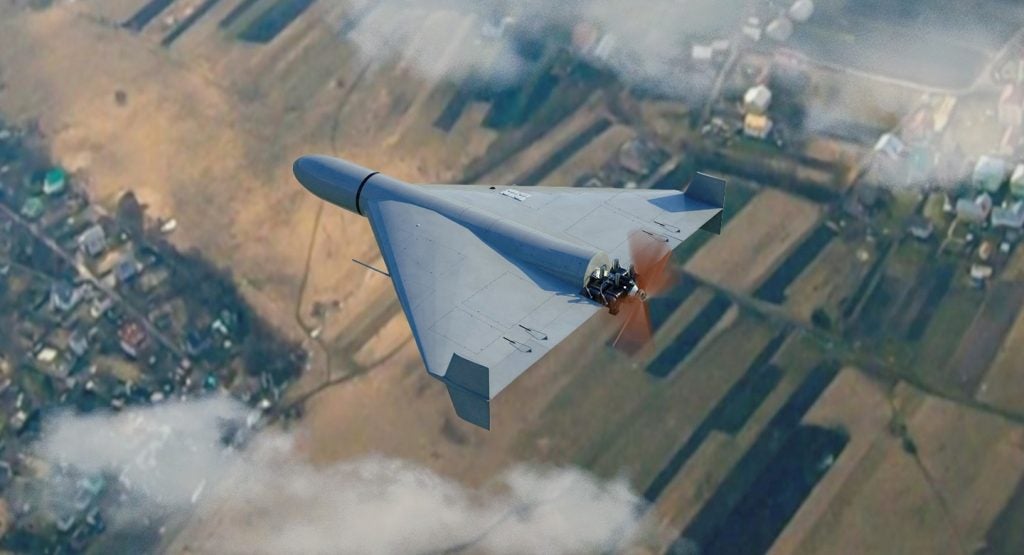Twitter: Army Technology lists five of the most popular tweets on land warfare in Q4 2021 based on data from GlobalData’s Aerospace, Defence and Security (ADS) Influencer Platform.
The top tweets are based on total engagements (likes and retweets) received on tweets from more than 150 land warfare experts tracked by GlobalData’s ADS Influencer platform during the fourth quarter (Q4) of 2021.
The most popular tweets on land warfare in Q4 2021: Top five
1. Armed with Science’s tweet on the US Army delivering the first hypersonics ground equipment
Armed with Science, the official source of science and technology news related to the US Department of Defense (DoD) on Twitter, shared an article on the first hypersonics ground equipment delivered to the I Corps’ 5th Battalion, 3rd Field Artillery Regiment, and 17th Field Artillery Brigade of the US Army. The ground equipment is part of the land-based, ground-launched Long Range Hypersonic Weapon (LRHW) system, which is expected to serve as a significant deterrent to threats.
Hypersonic weapons enable the launch of long-range attacks against high-value targets and are a critical part of the DoD’s high-priority modernisation plans. The LRHW ground equipment delivered comprised a battery operations centre, transporter erector launchers, and upgraded trucks and trailers. The ground hardware will enable soldiers to train on the equipment, create procedures and develop tactics and techniques related to the LRHW, the article detailed.
Username: Armed with Science
See Also:
Twitter handle: @ArmedwScience
Likes: 92
Retweets: 26
2. Ministry of Defence’s tweet on the British Army testing future training capabilities at the Army Warfighting Experiment 2021 (AWE 21)
Ministry of Defence, the official corporate news channel of the UK Ministry of Defence on Twitter, shared an article on the British Army testing future training capabilities at the AWE 21, an annual innovative experimentation programme organised by the army. The army provided various challenges to industry partners to develop innovative ideas that will assist troops in the future. A virtual reality (VR) crew training system named Immersive in Barracks Virtual Training (IBVT), for example, was developed to address the challenge of a common immersive system that enables training across live, virtual and constructive environments. The system includes a headset and glove technology that enables troops to mimic a high-fidelity representation vehicle that is similar to an armoured vehicle and simulates operating functions and interfaces.
The crew being trained can communicate with one another using hand controllers and switch panels similar to a mechanical environment. The system enables the crew to control the vehicle and even virtually load the weapons. Another challenge presented by army was that of an A3ES (Audience, Actors, Adversaries, Enemy, and Specialist) environment that stimulates the training audience across the human, physical, and information realms. The Learning Behavioural Data Science (LBDS) technique was developed to address this challenge. It enables the measurement, assessment and adjustment as needed when a soldier conducts actions in virtual and live training.
Username: Ministry of Defence
Twitter handle: @DefenceHQ
Likes: 71
Retweets: 14
3. Robert Lee’s tweet on Russian Army’s combat vehicles receiving a chameleon coating that will change colour based on the environment
Robert Lee, PhD candidate at the King’s College London, shared an article on a new chameleon coating planned to be applied to combat vehicles of the Russian Army that can change colour according to the environment. The prototype camouflage coating system is made up of small plates with electrochromic elements enabling it to form a variety of visual representations that mimic the colour and the structure of the surrounding landscape.
The coating system gathers data about the environment with the help of images taken by video cameras, which are analysed by a computer system. The coating adjusts to the surroundings based on the data creating similar camouflage images. The system can change camouflage to the environment within fraction of a second. The enemy’s television-optical devices including optical-location stations for planes and drones, and sighting and navigation systems for ground equipment will be rendered ineffective by the new camouflage, the article highlighted.
Username: Rob Lee
Twitter handle: @RALee85
Likes: 53
Retweets: 18
4. Steve Trimble’s tweet on China’s hypersonic weapon firing a missile over South China Sea
Steve Trimble, defence editor at aviation and aerospace news service provider Aviation Week Network, shared an article on China’s hypersonic glide vehicles (HGVs) firing a missile on a target travelling at least five times the speed of sound over the South China Sea. The missile is considered to be an air-to-air missile, according to some Pentagon specialists.
China’s HGV is capable of transporting nuclear weapons and is similar to the unmanned X-20 Dyna-Soar that was developed in the 1960s. Test data was analysed by military experts to understand how China perfected the technology and the purpose of developing the weapon. Russia and the US have been working on hypersonic weapons for several years, while China’s efforts seem to be far more advanced than the two nations, the article highlighted.
Username: Steve Trimble
Twitter handle: @TheDEWLine
Likes: 50
Retweets: 8
5. Samuel Bendett’s tweet on Russian armed forces having units capable of conducting network-centric operations
Samuel Bendett, researcher at the Center for Naval Analyses, shared an article on the Russian armed forces having units that can perform network-centric operations, which enable all participants in combat to be part of the same data transmission network. A network-centric operation is made possible using a unified tactical level control system (ESU TK) installed on weapons, military, and special equipment allowing data exchange in close to real time.
Soldiers can use the same data transmission network, allowing for information and communication superiority over the opponent. Russia’s battle tanks such as the T-14 Armata and T-90M Proryv tanks, apart from various communication vehicles and mobile command posts, have been installed with the ESU TZ terminals, the article detailed.
Username: Samuel Bendett
Twitter handle: @SamBendett
Likes: 32
Retweets: 16









Related Company Profiles
Aviation Week Network
Rostec Corp
The British Army
United States Army
Ministry of Defence